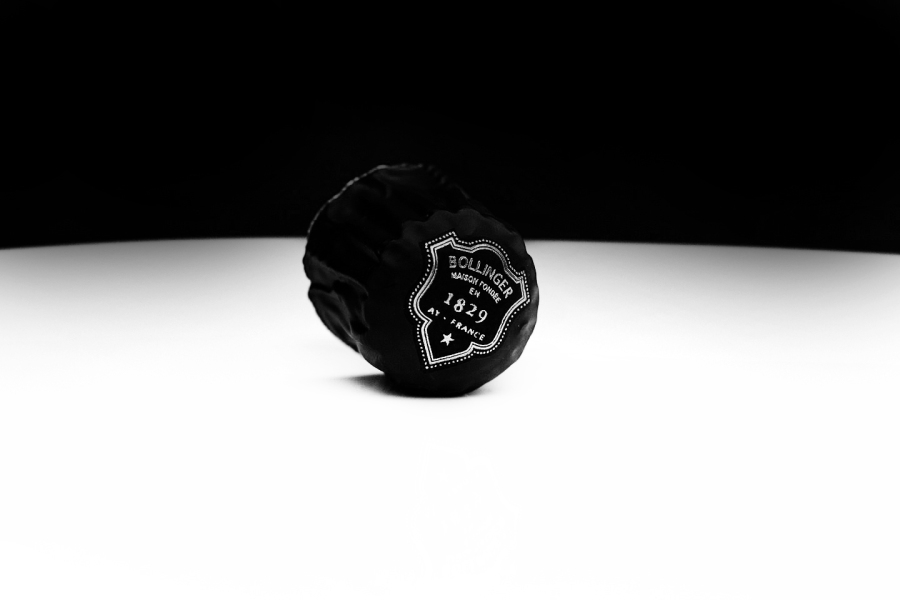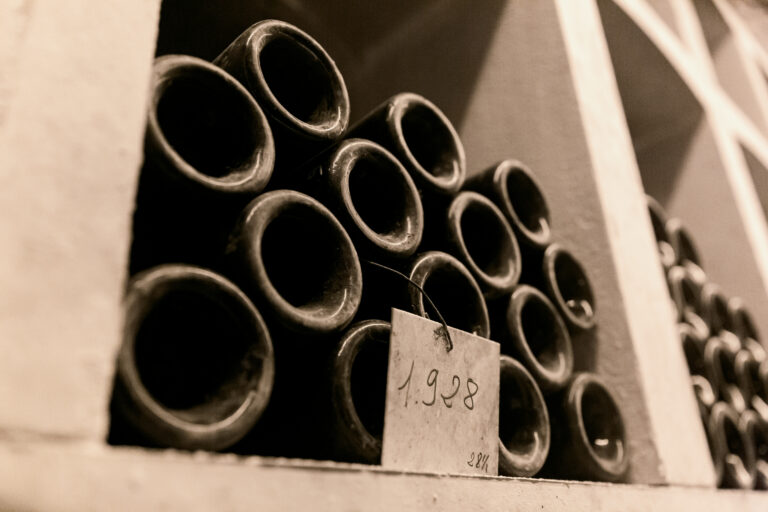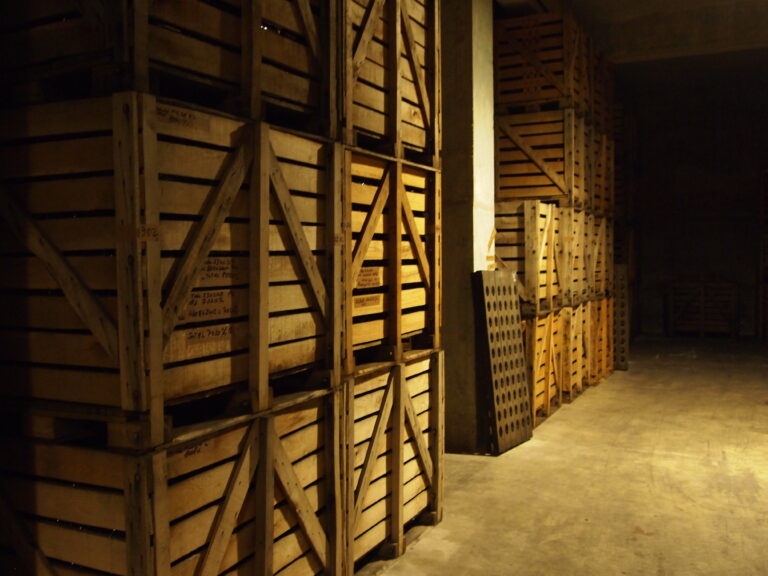Every Friday The no1 Champagne expert in the world will taste new & old Champagne s to give You a tip or two for the weekend. This week Richard Juhlin taste two vintages of the legendary Bollinger ’Vieilles Vignes Françaises’ Vinothèque called Collection.
Estimated reading time: 3 minutes

Vieilles Vignes – and why should we care ?
A Life Cycle For Vines
When looking at the life cycle of the vine, there are of course many factors that play a role in how the individual vine develops. So, in this imaginary example, we start with an average vine. Depending on the grape variety, growing location, cultivation methods, etc., this can then vary:
0–3-Year-Old Vines
In the first two to three years, the vine takes root and establishes itself in the soil. The roots grow and the first branches form. Individual grapes can be set, but not in a quality that can be used for wine production. At this stage the vine must have the best conditions to grow and, in many areas, irrigation is applied to a lesser extent to give the vine the best start. After this period, irrigation is no longer allowed in many European wine regions.
3–25-Year-Old Vines
The next age-range is optimum for the vine. From an age of just over 3 years to an age of about 25 years, both quantity and quality will increase. With each year, the roots work their way further into the subsoil, so that the vine is even better nourished. The further the roots advance into the subsoil, the less the vine is dependent on changing amounts of water in the individual vintages.
It is in these years that the vine becomes more resilient so that it can perform better in every aspect. It is also in these years that the vine gets more bunches with more grapes per bunch. This period is particularly interesting if the winegrower wants to produce large quantities of wine, as the vines produce a large yield. These years are also important for the quality-conscious producer. It requires a lot of work in the vineyard to prune the vines optimally. Only with the right pruning work do you get high-quality grapes.
+25-Year-Old Vines
When the vine is on the other side of the solid 25 years, we start to see the term ‘old vines’ appear on the labels of the different varieties. The vine itself is now past the period when it gives the greatest yield, and so the yield decreases a little in the next few years during the life of the vine. This leads to fewer bunches of grapes, which in turn have fewer grapes. Although the quantity decreases, the quality actually increases, which makes it particularly interesting to focus on the old vines.
source RareWineInvest





